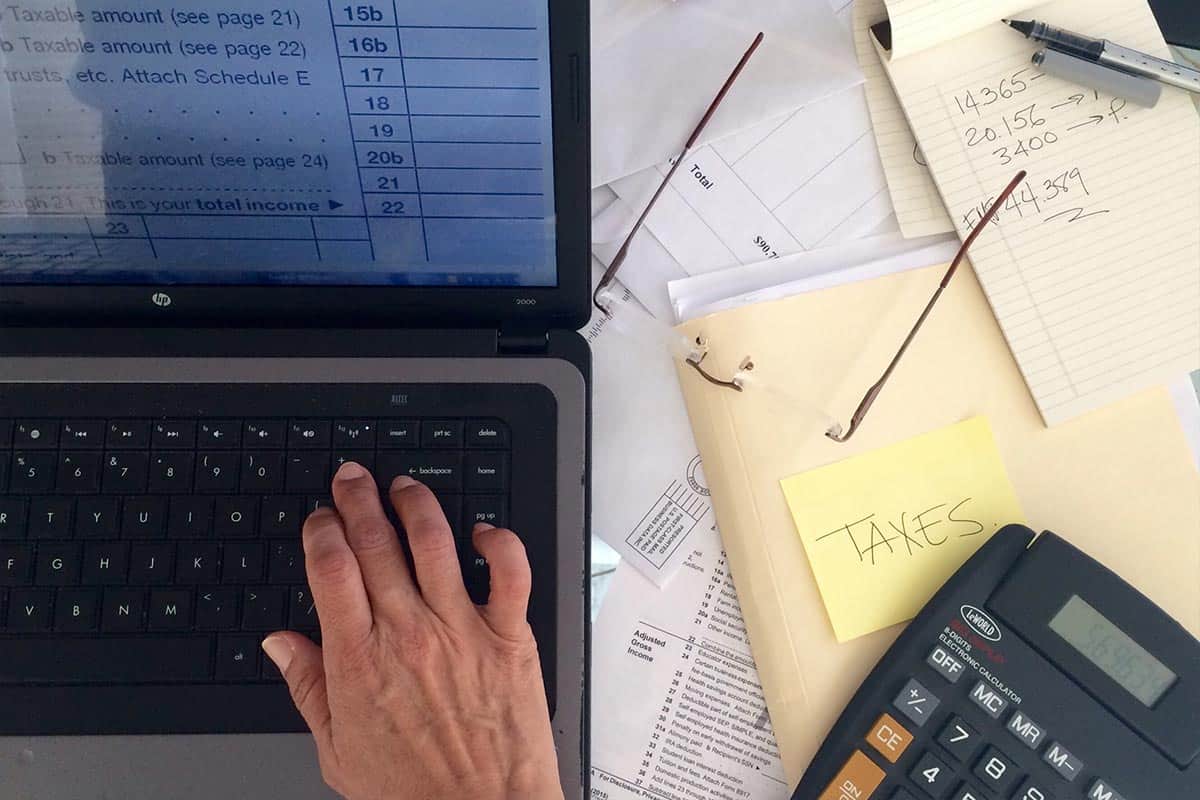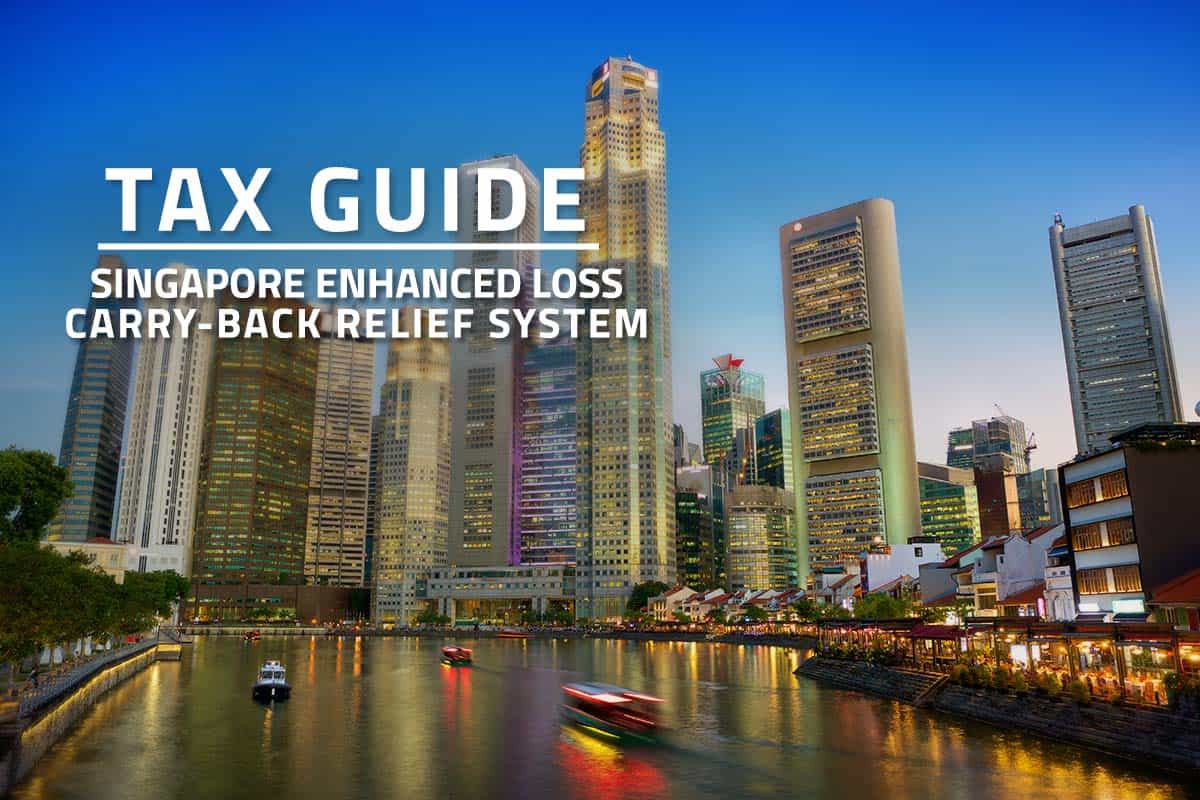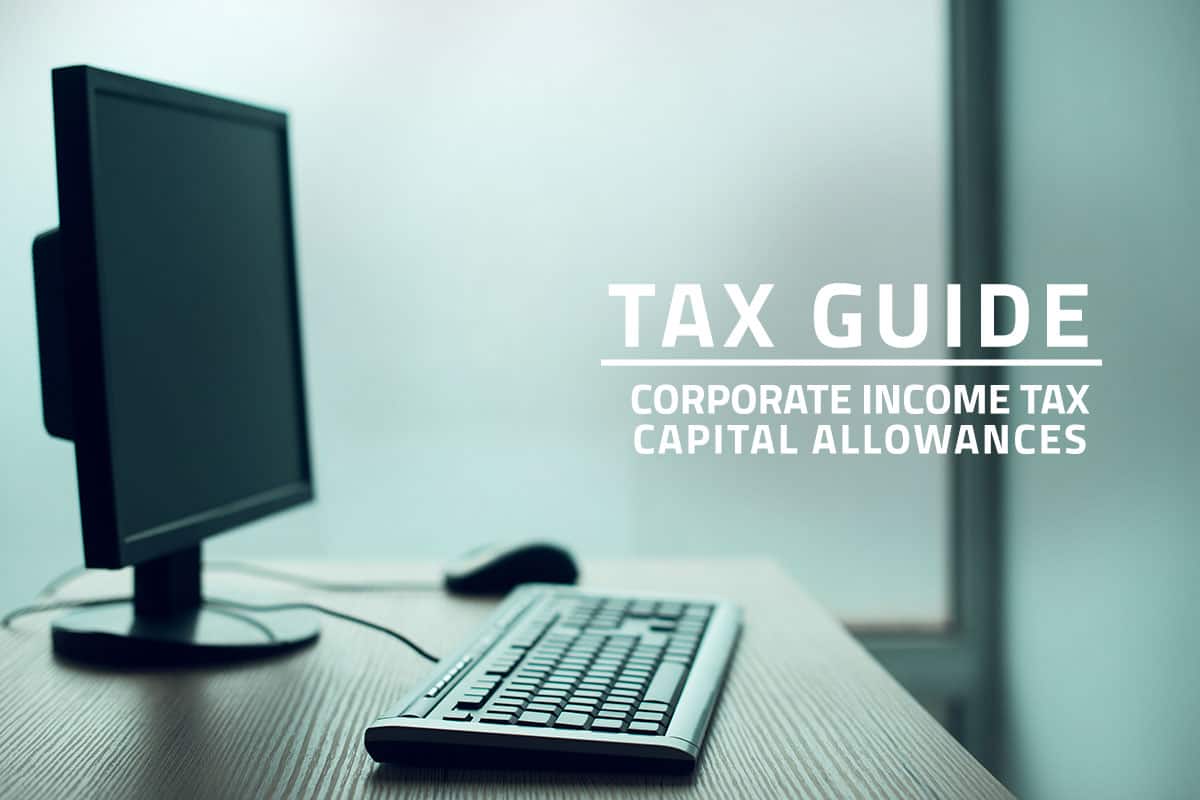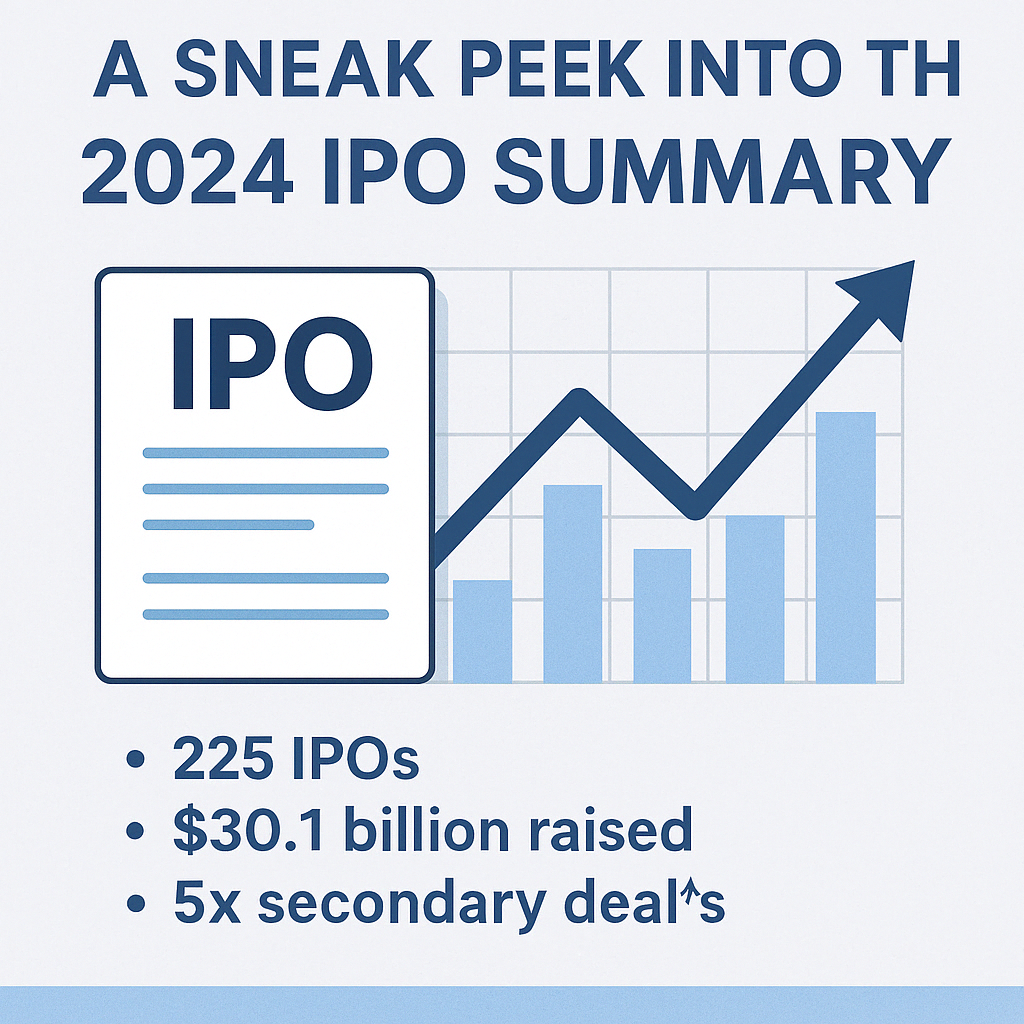As we usher in the new year in 2020, the tax season is approaching once again. The deadline for YA2019 income tax filing for companies recently elapsed last December 19, 2019. On the other hand, individual taxpayers are required to submit their income tax filing by April 2020 for income earned during the year 2019.

Singaporean, permanent residents and all other resident taxpayers are eligible for IRAS tax reliefs granted by the Authority. Eligible payments can potentially qualify for different branches of tax reliefs to reduce one’s final chargeable income and lower the total tax liability. This article will highlight key tax reliefs in Singapore that are able to increase savings on your final tax bill for YA2020.
Earned Income Relief
All taxpayers that derive income from employment, pension, trade, business, profession or vocation are eligible for earned income tax relief. Taxpayers below the age of 55 are entitled to SGD1,000 relief. Taxpayers from the age of 55 to 59 are entitled to SGD6,000 relief and taxpayers above 60 years old are granted SGD8,000. There is no payment outflow required and all taxpayers are entitled to this relief automatically.
Tax Reliefs for CPF Contributor
Singaporean and Permanent Residents are required to contribute to the Central Provident Fund (CPF) which is deducted from their monthly salary. The CPF contribution limit every year is SGD37,740. Any voluntary contribution to Medisave Account is eligible for tax relief, subject to the annual contribution limit. The Basic Healthcare Sum amount of SGD57,200 for year 2019 is the maximum amount a CPF account holder can have in their Medisave account, placing a cap on the reliefs one can claim during the year.
Under the Retirement Sum Topping Up Scheme, taxpayers that make cash top-ups to their own Special Account or Retirement Account are eligible for reliefs, up to a maximum of SGD7,000. Additional relief of up to a maximum of SGD7,000 can be claimed if cash top-ups are made to their parents, parents-in-law, grandparents, grandparents-in-law, spouse and siblings’ CPF Special of Retirement Account.
Tax Reliefs for Parents
Taxpayers who have one or more children are eligible for Parenthood Tax Rebate (PTR). An SGD5,000 tax rebate is granted for the first child and SGD10,000 is granted for the second child. SGD20,000 is granted for the fourth and the fifth child. SGD20,000 tax relief is also granted for every subsequent child. Tax rebate is used to offset tax payable directly.
Under the Working Mother’s Child Relief, female taxpayers who are mothers of one or more children may claim tax reliefs equivalent to a percentage of earned income. For the first child, a working mother may claim 15% of the total income earned. For the second child, 20% of earned income is eligible for tax relief. For the third and subsequent children, 25% of earned income is eligible for tax relief. The percentage of tax rebate can also be added up to a maximum of 100%. For example, a working mother with two children may claim 45% of income earned as tax relief under this IRAS scheme.
Parents can claim a tax relief of SGD4,000 per child under the Qualifying Child Relief (QCR), or SGD7,500 per child under the Handicapped Child Relief (HCR). Under the NSman Parent Relief, the amount of relief for each parent is SGD750 regardless of the number of children who are National Servicemen (NSmen).
Other Singapore Tax Reliefs
Other common tax reliefs are the Course Fees Relief and the Life Insurance Relief. Working professionals may find the Course Fees Relief useful as any charges incurred for attendance of professional courses that are related to their trade and profession are eligible for tax reliefs. Under the Life Insurance Relief, annual insurance premiums paid on life insurance policies may be claimed as tax relief.
Overall, employees may receive salaries, bonuses and other forms of taxable allowances which form part of taxable income sources in Singapore. Seeking a qualified tax professional’s advice is the ideal first step to getting your personal tax matters under control. Finding the right tax partner with comprehensive knowledge on various tax reliefs and rebates available in Singapore is a guaranteed way to maximize your tax savings and ensure any individual’s tax compliance this upcoming tax season.
Related Posts
The Singapore Enhanced Carry-Back Relief System
With the recent opening of Corporate Tax Season this year, it is in the best…
Tax Guide: Singapore Capital Allowances
By law, all Singapore Companies are required to file annual income tax returns to the…
Singapore Guide: ISCA FRB 5 – Accounting for Property Tax Rebate
The COVID-19 pandemic has adversely impacted the global economy, hitting Singapore companies and businesses affected…
Quick Guide: IAS 20 – Accounting for Government Grants
This year, the COVID-19 crisis has adversely impacted the global economy. Singapore is no exemption,…












